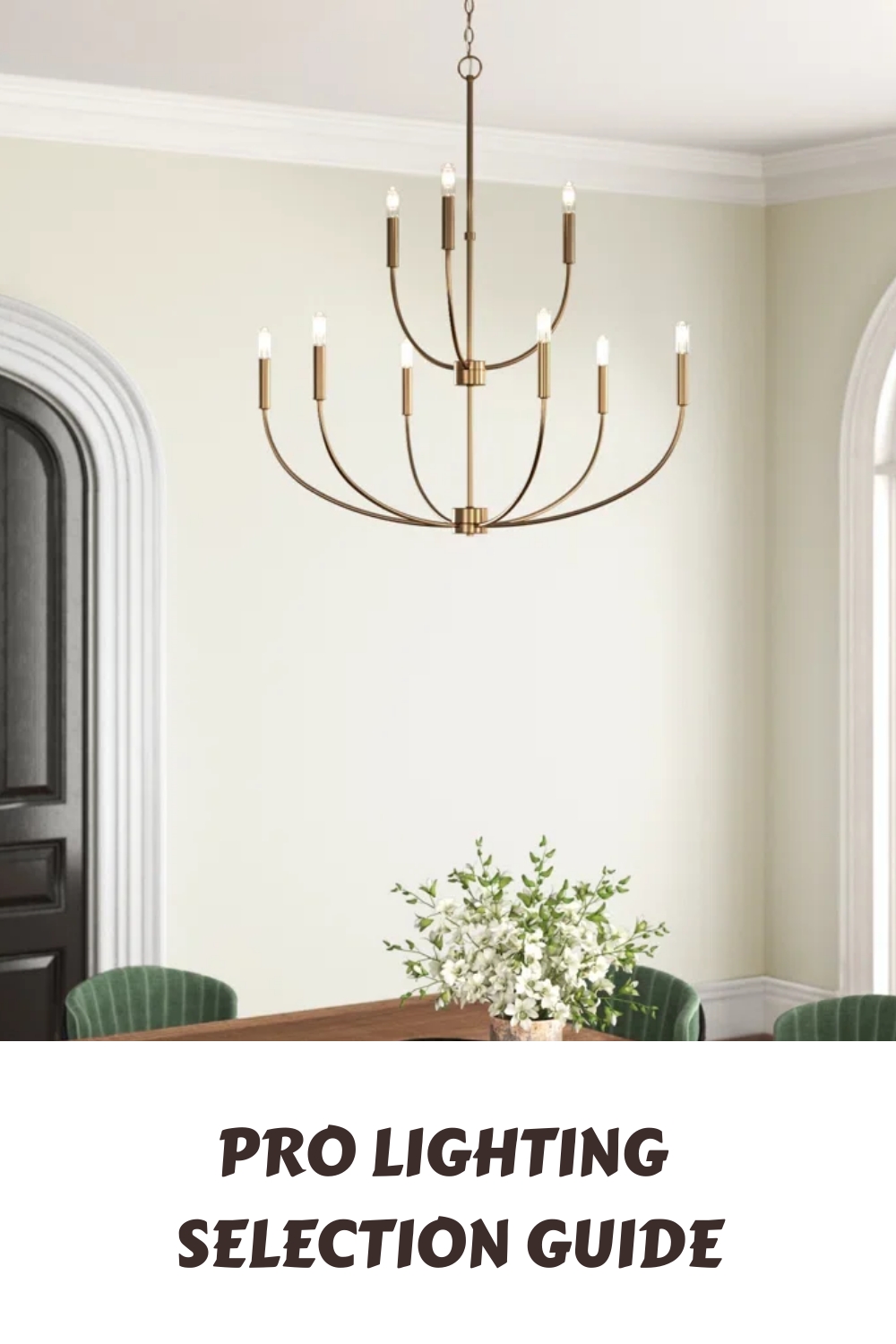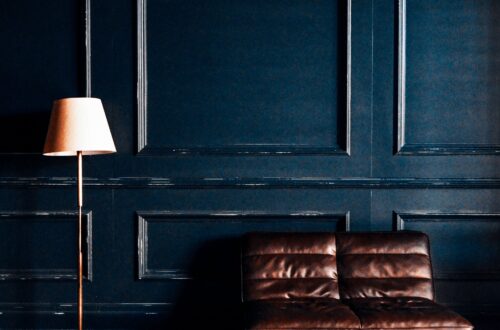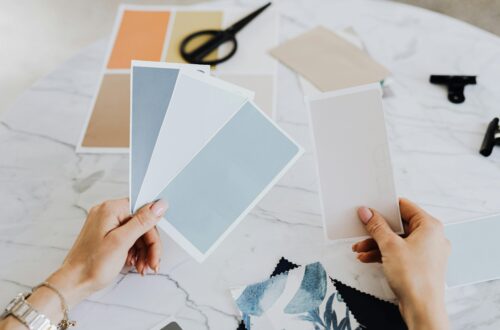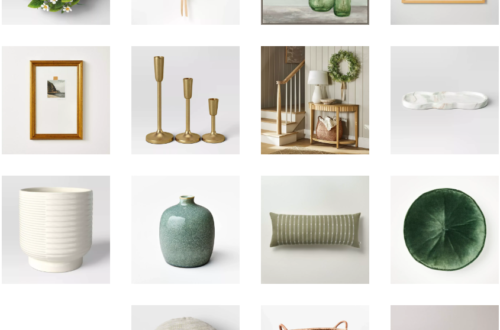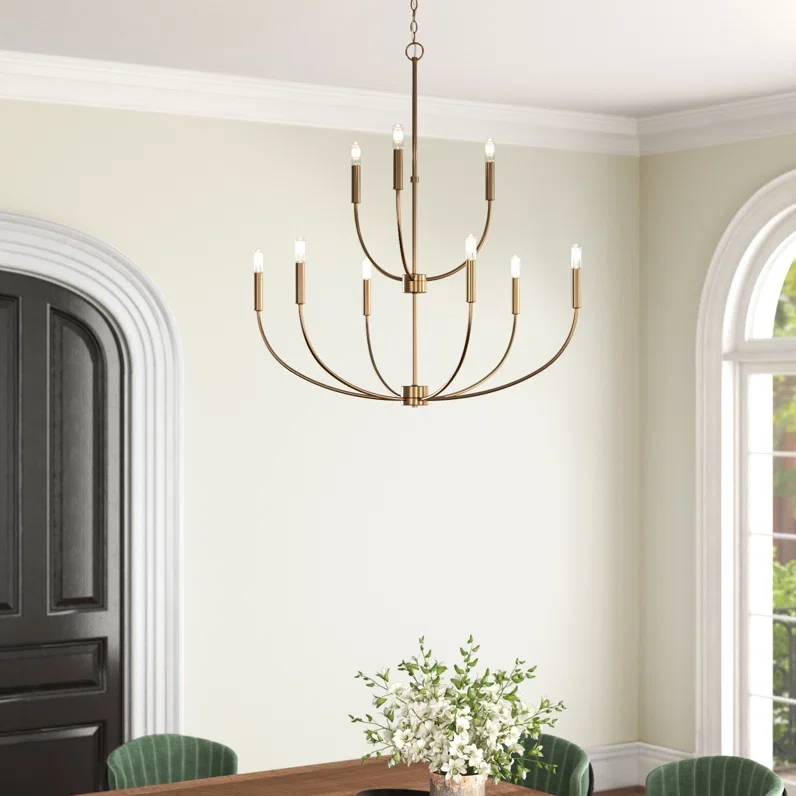
How to Select Lighting Like a Pro? Your Designer Guide
Hello All! If you haven’t been on my page before, I’m an Interior Design Enthusiast and love to inspire and guide you on treating or re-treating your space. For more inspiration and ideas, check out my website Re-treathome.com.
Let’s jump into today’s post, How to Select Lighting Like a PRO? Lighting is pivotal in transforming a space, setting the mood, making a statement, and highlighting its best features. Whether revamping your home or designing a new space, this guide will empower you with the knowledge and insights to make informed decisions like a seasoned designer.
Lighting is an artistic statement in every room that speaks volumes.
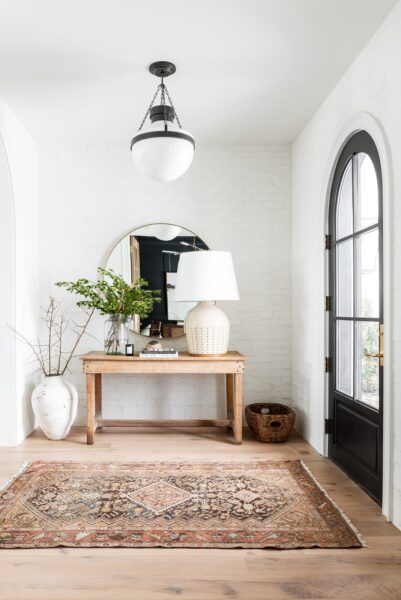
Functionality of the Room:
Firstly, for which space or room are you planning to add light? This means knowing the functionality and size of the room. This is a crucial step and impacts many decisions in the process further. For example, suppose you’re planning for an 8’H * 4’W * 6’L size entryway, which is small and narrow. In that case, you don’t need to choose a linear light or pendant light of 24″ diameter or a single bare bulb pendant light that looks too sleek in the space. Think of a pendant light with a clean shape and 12″ diameter or Semi flush-mount lights in the correct scale.
image credit: Studio McGee
Master the art of layering light to create depth and dimension in your space. Combine ambient, task, and accent lighting strategically for a well-balanced and visually appealing environment.
What is the Design Style?
Often, this is overlooked while selecting lighting, but it is an essential factor that makes the design stand out or flop. If your House is a modern and contemporary style and if you select Victorian style lighting, it looks odd. And if it’s a traditional home, selecting too modern fixtures won’t work well. So it’s noteworthy to check back with the design reference you’re going with. Click Here for more information on Lighting types with design Style.
image credit: timbertrailshomes
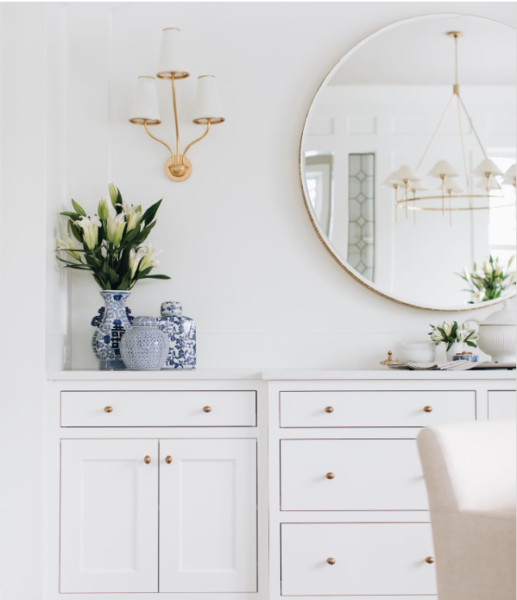
The right lighting enhances the intended atmosphere, complements architectural elements, and contributes to the overall design narrative.
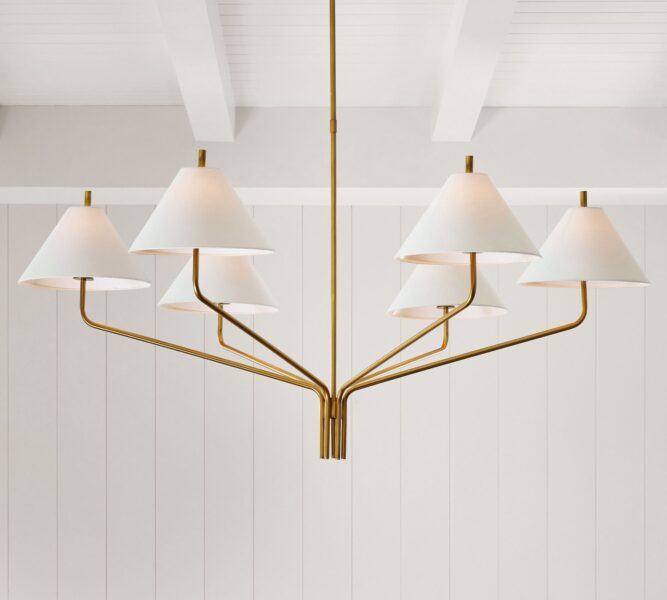
Bulbs that make a difference:
Bulb type affects paint appearance due to variations in color temperature and rendering. Warm or cool bulbs can alter perceived hues. Ensure paint colors remain true under different lighting sources. Different spaces require varying levels of brightness. Bright and focused bulbs work well for task lighting in kitchens, while softer, ambient lighting may be suitable for living rooms. Accent lighting with adjustable intensity can highlight specific features or artworks.
image credit: Pottery Barn
Selecting the right lightbulbs is crucial to ensure that your paint colors are accurately represented and look their best.
How much Natural Light do you get in your room?
Factoring in natural light is crucial when selecting artificial lighting for a room. Assess the room’s orientation, the amount of sunlight it receives, and the time of day. Choose lighting that complements natural light, considering color temperature and intensity, to create a harmonious and balanced atmosphere throughout the day.

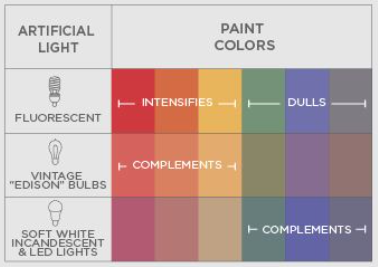
Often, I hear How many lighting sources are enough in one space? In answer to this question, there is no thumb rule to have this number of lighting, but the minimum is more than one at least. You can layer it considering both the functionality of a space and its aesthetic.
Congratulations! With the knowledge shared in this post, you’re now ready to approach lighting selection like a pro. Remember, lighting is not just about functionality; it’s an integral part of the design language that can elevate your space. Illuminate with confidence and let your space shine! Happy Designing.


